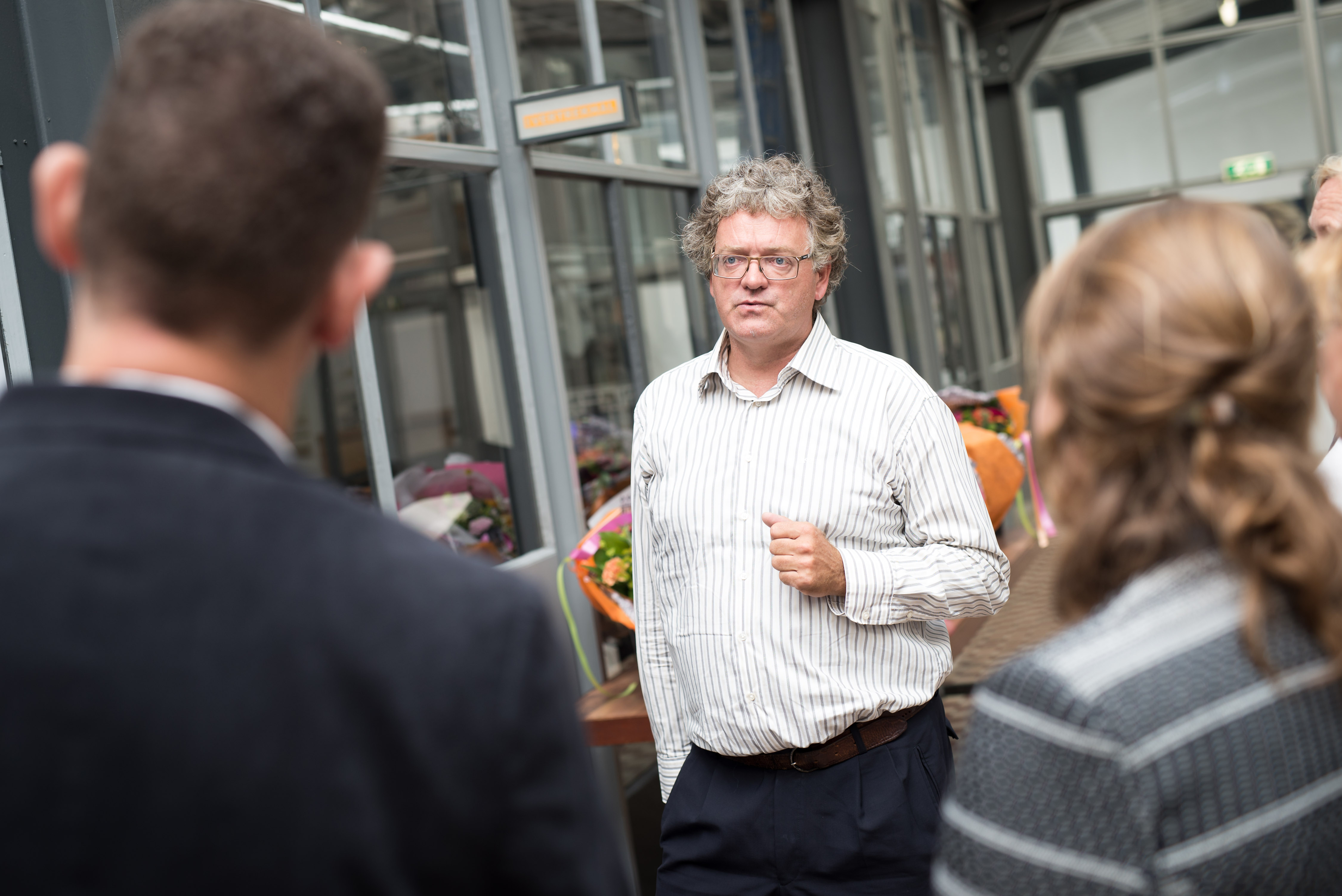Who?
Hans Welleman, Director of Education, Civil Engineering, Delft University of Technology. Teaches structural mechanics himself, and is a fan of old bridges, which he photographs.
The case
According to the website of the Master’s programme, Civil Engineering focuses “on developing, designing, constructing, realising and managing physical infrastructural facilities, required for the safety, health, activity and sustainability of our society.” This requires engineers with a great deal of specialist technical knowledge, but also an integrated view. After all, they will be collaborating on major programmes with many parties, for instance the Netherlands’ Department of Public Works. How do you shape your Master’s programme in such a way that you do indeed deliver the desperately-needed engineers with integrated vision and working methods?
The pressure points
The Master’s in Civil Engineering comprised seven mono-disciplinary tracks with fixed programmes. Welleman:
That caused increasing friction in two ways. First, with a moderately completed so-called ‘integrator profile’, as a university you don’t fulfil delivering engineers who can tackle a leading role in the major civil engineering agenda for the future. Above all: it was extremely difficult in the nailed-down programmes to include new developments from the research or the corporate sector. While of course you want to stay up-to-date.”
The ambition
The ambition was: one Civil Engineering Master’s programme encompassing both specialist professional knowledge and integration, and the individual input from students. One of the managers of the educational leadership course in fact referred to “a huge reshaping of the Civil Engineering Master’s.”

The innovation
1. Students who opt for such an integrator profiling can follow an Integrated Design and Management (IDM) annotation within their Master’s track, with 80% technology from their own specialisation and 20% broadening with integrated components. 2. The following phase was a step towards making things even more flexible: all tracks have a common section (20%-50%) and a specialisation section (80%-50%), where students can design their own study programme in the specialisation. Welleman: “You want to get them to consider in advance: what do I want to do over the next two years? Good students do that already, but all students should need to do it. You then turn the specialisation section into tailor-made work.” Phases 1 and 2 have now been completed. The final step is to achieve an individual study plan, with ICT support in the future.
Challenges
Welleman: “Naturally with such a redesign you have proponents and opponents. Professors would lose their graduation specialisations under the new set-up, and were afraid that the specialist technological knowledge would be threatened. So this was indeed a hurdle. Fortunately the new professor, Marcel Hertogh, was actually a very enthusiastic advocate for making the programme more flexible. And because of course everything had to fit within the 120 ECTS of the study programme, we scrapped the internship for the IDM students; they already get enough practical experience in their graduation project and multidisciplinary project.”
Added value of the Educational Leadership Course in LDE terms?
“I perceive the added value mainly in the group assignment: producing a recommendation for the Executive Boards. You then get a demand with which managements can identify. You are generally used to looking at your own programme, things are already being considered differently within the Delft University of Technology. That’s why we harked back in our group to the university’s strategic memos. It was actually the first time I had cast a glance at them.”
